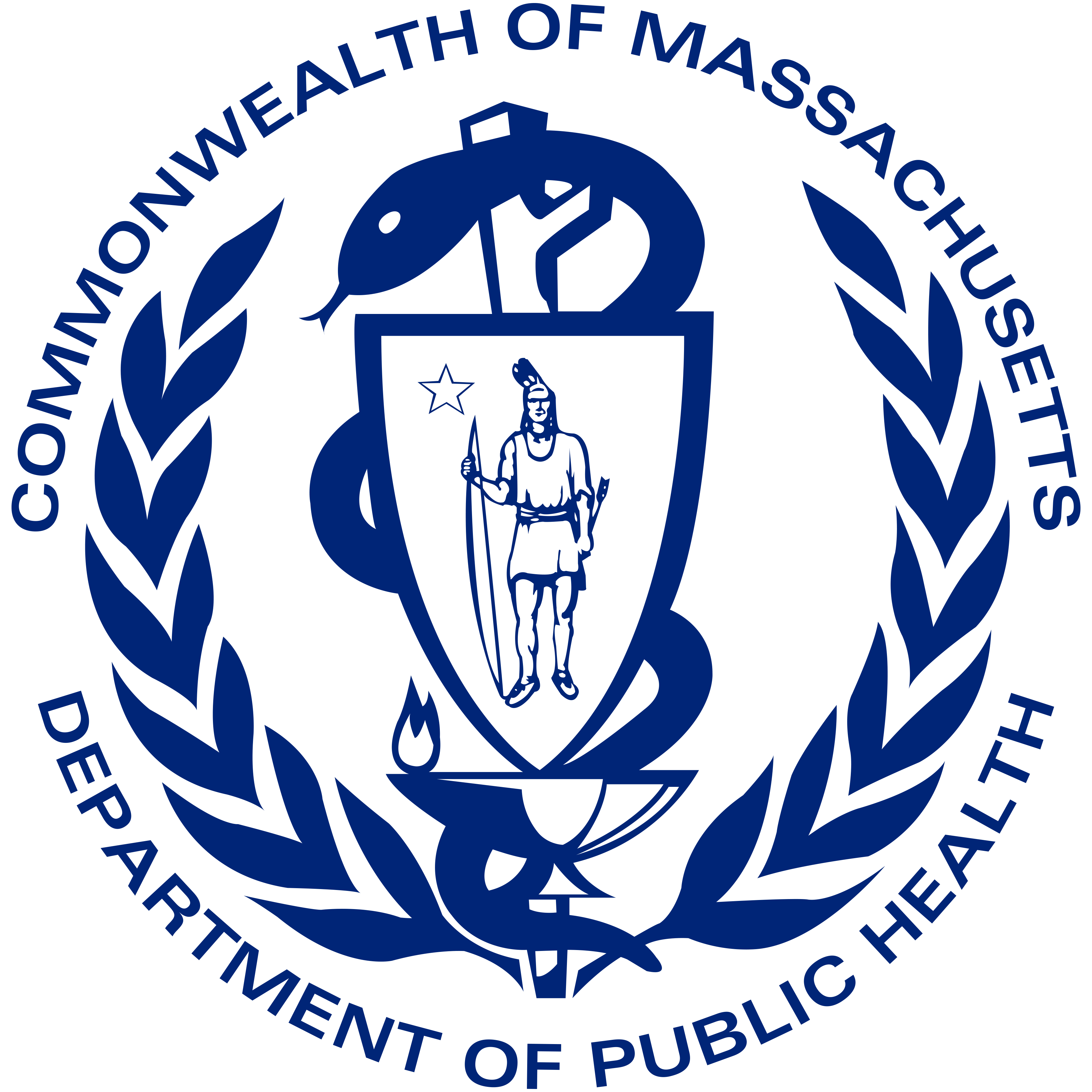- Department of Public Health
Media Contact
Ann Scales, Director of Media Relations
Boston — The Massachusetts Department of Public Health (DPH) today launched several new weekly dashboards that track viral respiratory illness trends across the Commonwealth focusing on COVID-19, influenza, and respiratory syncytial virus (RSV).
The viral respiratory illness dashboards will streamline the previous weekly flu reports, which DPH has produced for many years during flu season, and the COVID-19 data updates, which DPH has provided daily and weekly since the early days of the pandemic in March 2020. COVID-19, flu, and RSV are the three viruses that are more likely to cause severe disease resulting in hospitalization and sometimes death.
“The new dashboards build on our ongoing commitment to sharing comprehensive public data reports and align with increased recognition of the need to share data on viral respiratory diseases more broadly as illustrated by last year’s COVID-19, flu, and RSV ‘tripledemic,’” said State Epidemiologist Dr. Catherine Brown. “Our goals are to focus on metrics that are useful at this time for public health action and for individuals to make informed decisions about their choice of activity and use of prevention tools.”
The new Viral Respiratory Illness Reporting homepage features a snapshot of respiratory illness in Massachusetts with opportunities to explore more in-depth data by clicking on different dashboards. Opportunities to compare current data to previous seasons appear throughout the new dashboards. All dashboards will be updated weekly on Thursdays.
The new dashboards consist of:
- Overall Respiratory Disease Indicators: A new dashboard that features a snapshot of key metrics including the percentage of emergency department visits that are due to acute respiratory disease, the current severity of flu and COVID-19, and current percentage of people who have gotten the current season’s flu vaccine and the percentage who have gotten the updated COVID-19 vaccine. This dashboard allows people to quickly assess what their risk of respiratory infection is so they can make choices about how to protect themselves.
- Respiratory Illness Dashboard: A new dashboard that uses data from emergency departments to track visits and hospital admissions associated with acute respiratory disease, COVID-19, flu, and RSV. This dashboard includes breakdowns by age, reported sex, race, Hispanic ethnicity, and geography, and permits comparison with other recent seasons.
- COVID-19 Cases and Deaths: An updated COVID-19 dashboard that includes information about trends in reported cases and deaths associated with COVID-19. This dashboard includes breakdowns by age, reported sex, race, Hispanic ethnicity, and geography. Although case counts do not represent all people with COVID-19 at a given time because of the prevalence of at-home tests, evaluating whether the trend is increasing or decreasing can still be informative.
- Influenza Dashboard: An updated flu dashboard includes the information which was previously shown during the flu season (October through April) but now includes deaths from flu and will be updated year-round.
- Wastewater Dashboard: The existing COVID-19 wastewater dashboard has been maintained in its entirety.
An additional dashboard that will include more granular data on vaccination, such as demographics, against COVID-19, flu, and RSV is under development and will be available later this year. The existing COVID-19 vaccination and municipality reports are being discontinued. Statewide data for COVID-19, flu, and RSV vaccines are being made available as raw data.
The new dashboards will use a surveillance period of July through June. Prior to the pandemic, the period of peak activity during respiratory disease season occurred between November and March. The July-through-June surveillance period will capture a year of data that includes the period of peak activity. This is similar to the way influenza data have been shown previously, but it now includes other causes of respiratory disease. All previously reported DPH data will continue to be available for download in the COVID-19 and flu reports archives.
Massachusetts maintains one of the most robust and comprehensive viral respiratory illness public data reports in the nation and continues to regularly review and adjust its reporting. This is in line with the Centers for Disease Control and Prevention (CDC), which also has updated the way it presents data.
###
